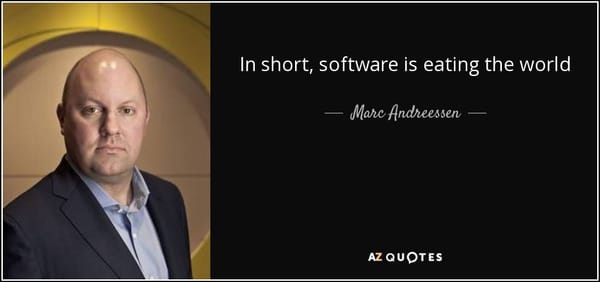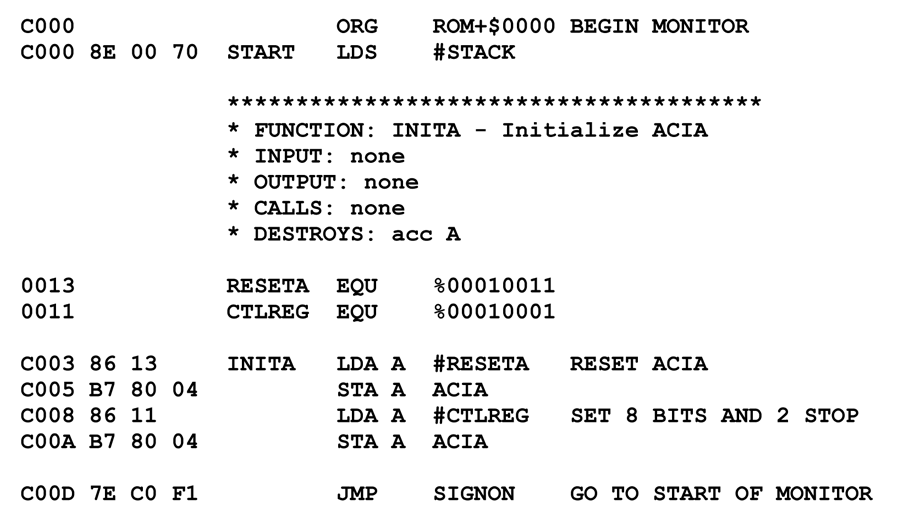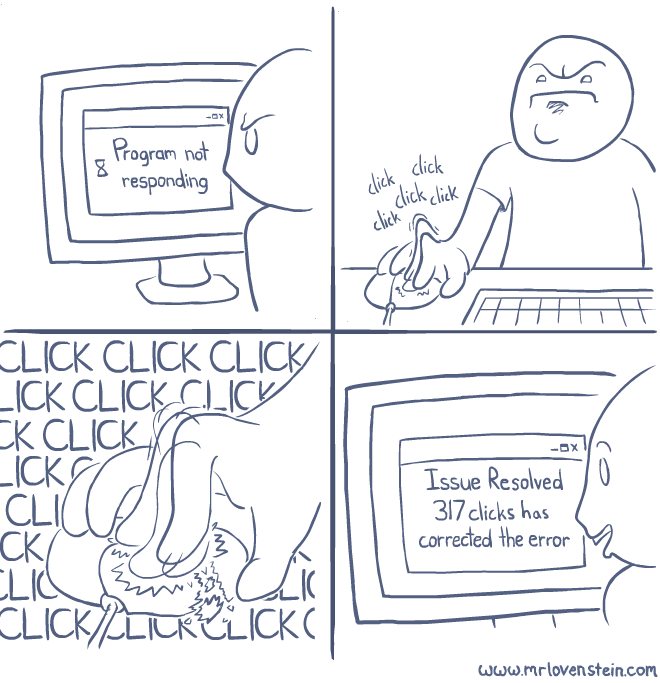Throwing better SOAP exceptions
I’m fairly happy with my global unhandled exception handler for WinForms and console apps. I also successfully adapted a version of it for use in ASP.NET apps, where it interfaces with the Application_Error event in global.asax:
Sub Application_Error(ByVal sender As Object, ByVal e As EventArgs) ' Fires when an error occurs Dim ueh As New AspUnhandledExceptionHandler(True) ueh.HandleException(Server.GetLastError.GetBaseException()) End Sub
What I haven’t been able to do, however, is get it to work with NET web services. Application_Error never fires for a web service. According to my research, there really is no good way to generically handle unhandled exception in .NET web services. All the alternatives are... well, bad. Here’s what you can do:
- Put a try...catch around every WebService method. These methods tend to be wrappers around other classes, so this isn’t quite as bad as it sounds, but it’s still not good.
- Use a Facade design pattern to derive all objects from parent objects that... basically do a try...catch on the .Execute method. Uh, thanks but no thanks.
- Write a custom SOAP Extension or HttpModule. This sounds reasonable but... hard. If it’s such a cool, important extension or HttpModule, wouldn’t someone have written it already?
Are there any good answers here? I would definitely like feedback if anyone has any suggestions. After some further poking around, I located the Microsoft documentation on Handling and Throwing Exceptions in XML Web Services. While it doesn’t offer any advice on the above, it did illuminate one problem: by default, .NET doesn’t throw very good SOAP Exceptions! You need to re-throw exceptions with some additional data to get the “optional,” but quite helpful, SOAP <detail> error element populated – like so:
Private Sub WebServiceExceptionHandler(ByVal ex As Exception)
Dim ueh As New AspUnhandledExceptionHandler
ueh.HandleException(ex)
'-- Build the detail element of the SOAP fault.
Dim doc As New System.Xml.XmlDocument
Dim node As System.Xml.XmlNode = doc.CreateNode(XmlNodeType.Element, _
SoapException.DetailElementName.Name, _
SoapException.DetailElementName.Namespace)
'-- append our error detail string to the SOAP detail element
Dim details As System.Xml.XmlNode = doc.CreateNode(XmlNodeType.Element, _
"ExceptionInfo", _
SoapException.DetailElementName.Namespace)
details.InnerText = ueh.ExceptionToString(ex)
node.AppendChild(details)
'-- re-throw the exception so we can package additional info
Throw New SoapException("Unhandled Exception: " & ex.Message, _
SoapException.ClientFaultCode, _
Context.Request.Url.ToString, node)
End Sub
And it really does work. This is a capture of a generic exception using a network sniffer, so we’re looking at raw HTTP traffic here.
Before:
HTTP/1.1 500 Internal Server Error.
Date: Wed, 26 May 2004 05:12:08 GMT
Server: Microsoft-IIS/6.0
X-Powered-By: ASP.NET
X-AspNet-Version: 1.1.4322
Cache-Control: private
Content-Type: text/xml; charset=utf-8
Content-Length: 488
<?xml version="1.0" encoding="utf-8"?>
<soap:Envelope xmlns:soap="http://schemas.xmlsoap.org/soap/envelope/" xmlns:xsi="http://www.w3.org/2001/XMLSchema-instance" xmlns:xsd="http://www.w3.org/2001/XMLSchema">
<soap:Body>
<soap:Fault>
<faultcode>soap:Server</faultcode>
<faultstring>Server was unable to process request. --> Object reference not set to an instance of an object.</faultstring>
<detail />
</soap:Fault>
</soap:Body>
</soap:Envelope>
After:
HTTP/1.1 500 Internal Server Error.
Date: Wed, 26 May 2004 05:09:20 GMT
Server: Microsoft-IIS/6.0
X-Powered-By: ASP.NET
X-AspNet-Version: 1.1.4322
Cache-Control: private
Content-Type: text/xml; charset=utf-8
Content-Length: 782
<?xml version="1.0" encoding="utf-8"?>
<soap:Envelope xmlns:soap="http://schemas.xmlsoap.org/soap/envelope/" xmlns:xsi="http://www.w3.org/2001/XMLSchema-instance" xmlns:xsd="http://www.w3.org/2001/XMLSchema">
<soap:Body>
<soap:Fault>
<faultcode>soap:Server</faultcode>
<faultstring>SoapException</faultstring>
<faultactor>http://192.168.168.10/WebService1/Service1.asmx</faultactor>
<detail>
<ExceptionType>System.NullReferenceException</ExceptionType>
<ExceptionMessage>Object reference not set to an instance of an object.</ExceptionMessage>
<ExceptionTrace>at WebService1.Service1.HelloException2() in HOMESERVERwwwroot$WebService1Service1.asmx.vb:line 70</ExceptionTrace>
</detail>
</soap:Fault>
</soap:Body>
</soap:Envelope>
Notice the <detail> element is fully populated, and the entire <soap:Fault> element is much more informative – cool!









